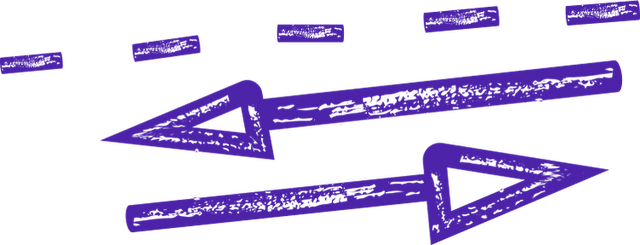
what is hypertext transfer protocol http
HyperText Transfer Protocol (HTTP)
HTTP is an application layer protocol that relies on the underlying transport layer protocols, such as Transmission Control Protocol (TCP) or User Datagram Protocol (UDP), to establish a reliable and connection-oriented communication channel between the client and the server. It follows a stateless model, meaning that each request-response cycle is independent and does not retain any information about previous interactions.
The communication between the client and the server occurs through a series of standardized methods, also known as HTTP verbs, which define the actions to be performed on the requested resource. The most commonly used HTTP methods include GET, POST, PUT, DELETE, HEAD, and OPTIONS. These methods enable various operations, such as retrieving a webpage, submitting form data, updating or deleting resources, and retrieving only the header information of a response.
HTTP requests and responses are structured in a specific format called the HTTP message format. An HTTP request message consists of a request line, headers, and an optional message body. The request line contains the HTTP method, the URI (Uniform Resource Identifier) of the requested resource, and the HTTP version. The headers provide additional information about the request, such as the content type, accepted languages, and cookies. The message body, present in some requests, carries additional data, such as form input values or file attachments.
On the other hand, an HTTP response message comprises a status line, headers, and an optional message body. The status line includes the HTTP version, a three-digit status code indicating the outcome of the request, and a corresponding status message. The headers contain metadata about the response, such as the content type, length, and caching directives. The message body carries the requested resource or an error message if the request was unsuccessful.
HTTP supports various features that enhance the performance, security, and reliability of web communication. One such feature is caching, which allows web browsers or intermediary servers to store a copy of a resource locally, reducing subsequent retrieval time and network bandwidth usage. Compression and encryption techniques like gzip and SSL/TLS can be employed to optimize data transmission and protect sensitive information.
Moreover, HTTP can handle multiple concurrent requests using techniques like pipelining and persistent connections. Pipelining enables the client to send multiple requests without waiting for the response, while persistent connections allow multiple requests and responses to be transmitted over a single connection, reducing the overhead of establishing new connections for each request.
In recent years, an updated version of HTTP called HTTP/2 has been introduced, aiming to overcome some limitations of the previous version (HTTP/1.1). HTTP/2 introduces advanced features like multiplexing, server push, and header compression, resulting in improved performance and reduced latency.
In conclusion, HyperText Transfer Protocol (HTTP) is a crucial protocol that enables the exchange of data between web browsers and web servers. It provides a standardized and reliable method for requesting and delivering resources over the internet. Understanding HTTP is essential for developers, network administrators, and anyone involved in web development or internet communication.
Let’s build your next digital product — faster, safer, smarter.
Book a free consultationWork with a team trusted by top-tier companies.








